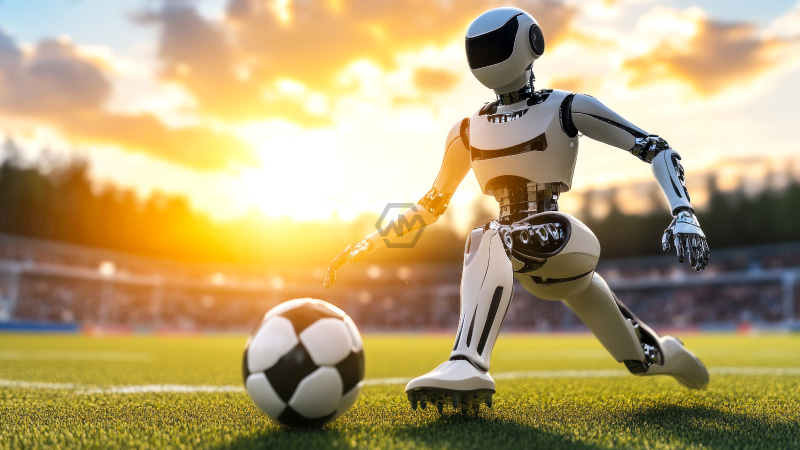- Beijing hosts China’s first fully autonomous humanoid robot soccer match.
- AI-powered players execute strategy, vision, and movement independently.
- Tech spectacle garners more fan excitement than China’s men’s national team.
In a bold showcase of China’s technological ambition, Beijing recently witnessed its first fully autonomous humanoid robot soccer tournament.
Tsinghua University emerged victorious, beating China Agricultural University’s Mountain Sea team 5–3 in a thrilling final. While some robots stumbled—literally needing stretchers—the excitement they generated surpassed that of China’s human soccer squad, which failed to qualify for the 2026 World Cup.
From Sidelines to Spotlight: AI Robots Revive China’s Soccer Scene
The tournament was more than entertainment—it was a testbed for sophisticated AI capabilities. Each university customized their robots’ algorithms to manage perception, decision-making, speed, and teamwork. The robots’ ability to self-correct after falls and interpret complex in-game variables demonstrated major progress in autonomous systems.
Booster Robotics, the tech firm behind the robot hardware, emphasized the safety of future human-robot interactions. CEO Cheng Hao suggested that integrated matches between people and robots could build public trust, shifting perceptions of robots from machines to partners in play, research, and everyday life.
Spectators were captivated not just by the novelty, but by the fluidity of gameplay. Passes, formations, and even defensive pressure mirrored human soccer tactics—proof that AI-driven robots can do more than mimic—they can perform. For many in attendance, it was their first time cheering at a match where the players didn’t breathe but did compute.
This event also signals China’s broader strategy: to lead in next-generation robotics by turning science into spectacle. By aligning sports with AI research, China not only tests the real-world functionality of humanoid robots but also captures the public’s imagination—bridging the gap between high-tech labs and mass-market acceptance.
In a country where human soccer dreams often fall flat, AI-powered robots are taking center stage—proving that the future of sports might be silicon, not sweat.
“The best way to predict the future is to invent it.” – Alan Kay
This quote captures China’s vision: shaping the future of sport and technology through innovation.



